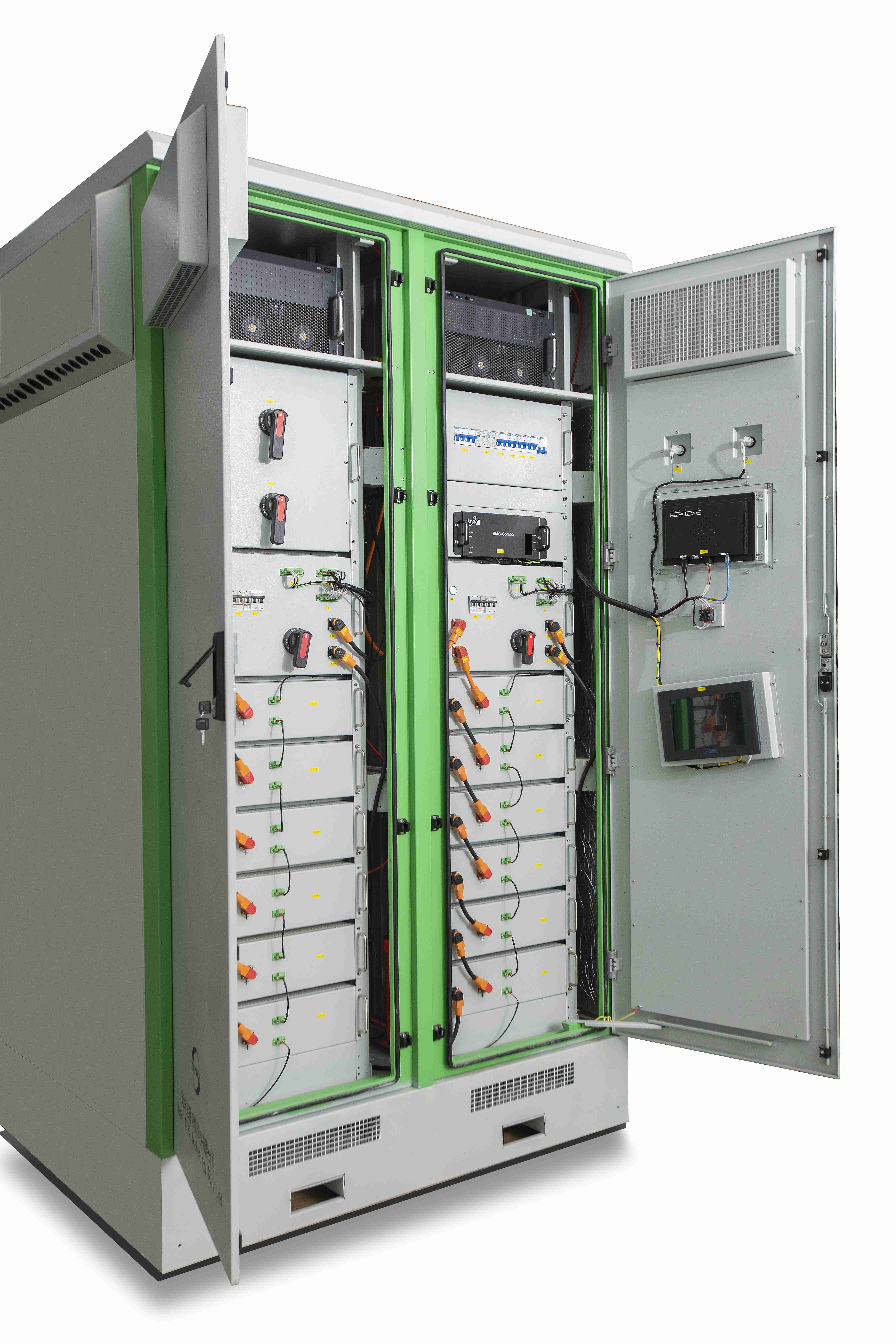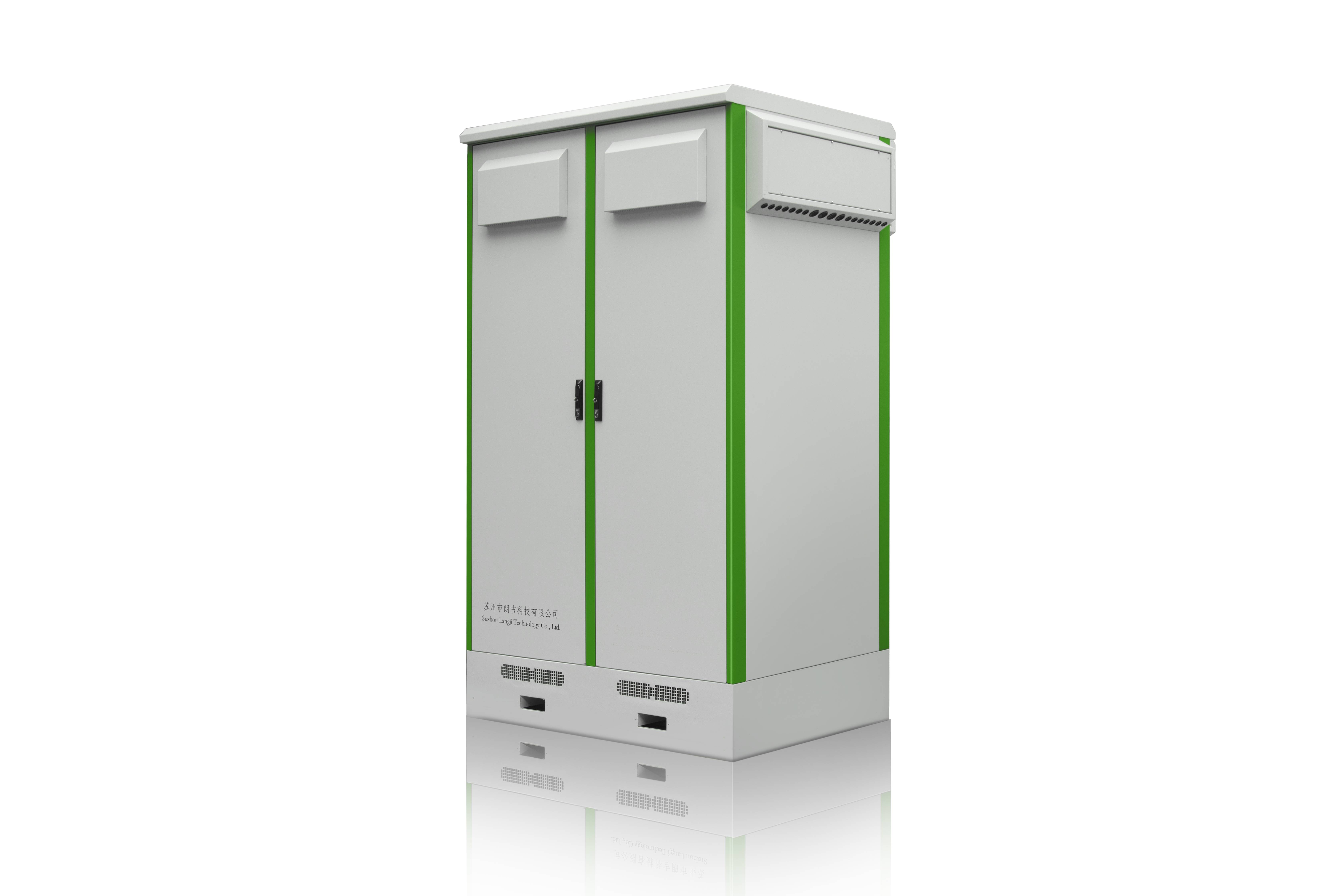Distributed Generation, Battery Storage, and Combined Heat and Power System Characteristics and Costs in the Buildings and Industrial Sectors
Release date: May 5, 2020
Distributed generation in the residential and commercial buildings sectors refers to onsite, behind-the-meter generation of energy. This often includes electricity from renewable energy systems such as solar photovoltaics (PV) and small wind turbines, but it can also include electricity and captured waste heat from combined heat and power (CHP) systems. Many factors influence the market for distributed generation, including government policies at the local, state, and federal levels, and project costs, which vary significantly depending on location, size, and application.
Current and future equipment costs of distributed generation are subject to uncertainty. As part of its Annual Energy Outlook (AEO), the U.S. Energy Information Administration (EIA) updates projections to reflect the most current, publicly available historical cost data and uses multiple third-party estimates of future costs in the near and long terms. Performance data are likewise based on currently available technology and expert projections of future technologies.
Distributed Peak Load Shifting Outdoor Energy Storage Cabinet EN-215
Before the AEO2020 reporting cycle, EIA contracted with an external consultant to develop cost and performance characterizations of PV, small wind, and CHP installations in the buildings and industrial sectors.[1] The consultant provided cost and performance data for systems of various sizes at various intervals for 2012–2050. Two levels of future technology optimism were offered: a Reference case and an Advanced case that included lower equipment costs, improved performance, or both.
From this information, EIA used national-level average annual costs for a typical system size in each sector. Abbreviated tables of these system sizes and costs are presented in the residential and commercial chapters of the Assumptions to the AEO. Additional information in the contracted report—including equipment degradation rate, system life, annual maintenance cost, inverter cost, and conversion efficiency—was adapted for input in the Distributed Generation Submodules of the Residential and Commercial Demand modules of the National Energy Modeling System.
As described in the assumptions reports, other information not included in the report—such as resource availability, avoided electricity cost, interconnection limitations, incentive amounts, installed capacity-based cost reductions, and other factors—ultimately affect the capacity of distributed generation and CHP added within a given sector and year.
The report, Analyze Distributed Generation, Battery Storage, and Combined Heat and Power Technology Data and Develop Performance and Cost Estimates and Analytic Assumptions for the National Energy Modeling System: Final Report, is available in Appendix A. When referencing the report, cite it as a report by Leidos, Inc., prepared for the U.S. Energy Information Administration.


























